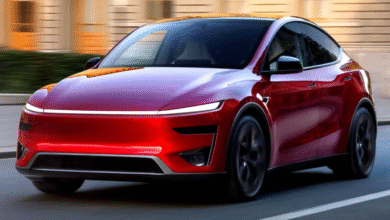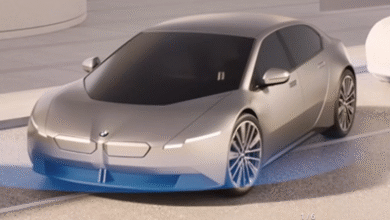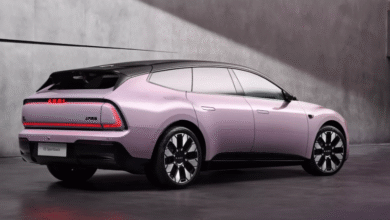Xiaomi SU7 2025 Test Drive: A Bold Entry into the Electric Car Market
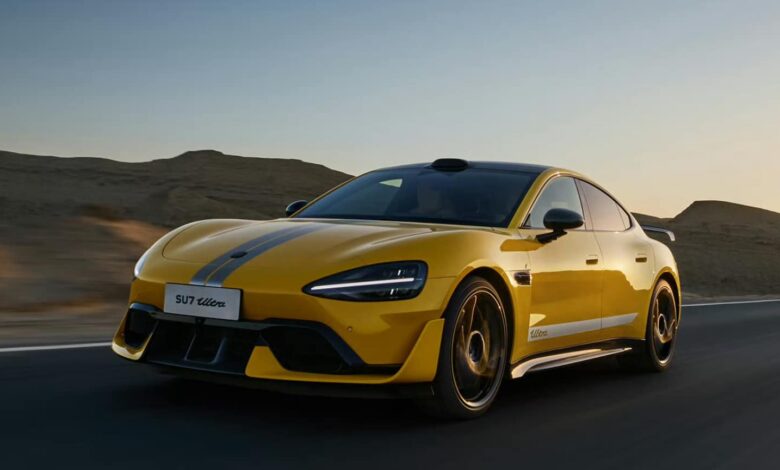
Xiaomi SU7 2025 Test Drive is here. The Xiaomi SU7 marks the tech giant’s bold entrance into the electric vehicle market, shaking up expectations with its design, specs, and innovation. As a fully electric sedan developed under the Xiaomi Auto division, the SU7 combines cutting-edge hardware and software—including the HyperOS operating system—to compete with industry leaders like the Tesla Model 3 and Porsche Taycan.

Design & Performance
The Xiaomi SU7 draws inspiration from classic sports sedans while incorporating a futuristic edge. Its aerodynamic lines echo those of the Porsche Taycan, but with Xiaomi’s distinctive identity. With a 0–100 km/h time under 3 seconds for the Max version, this EV isn’t just about looks—it’s built for performance.
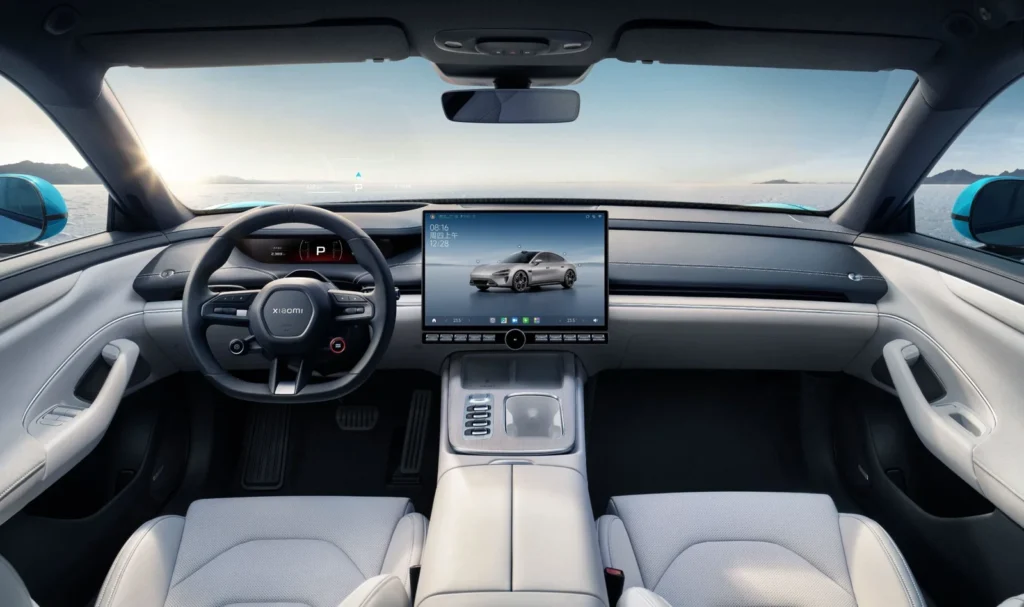
Battery, Charging & Autonomy
The SU7 offers up to 800 km of autonomy (CLTC), depending on the version. Fast charging enables 220 km of range in just 5 minutes—an edge Xiaomi promotes over many Western EVs.
For EV owners in Morocco, platforms like PlugShare help you find compatible charging stations in cities like Casablanca, Rabat, or Marrakech.
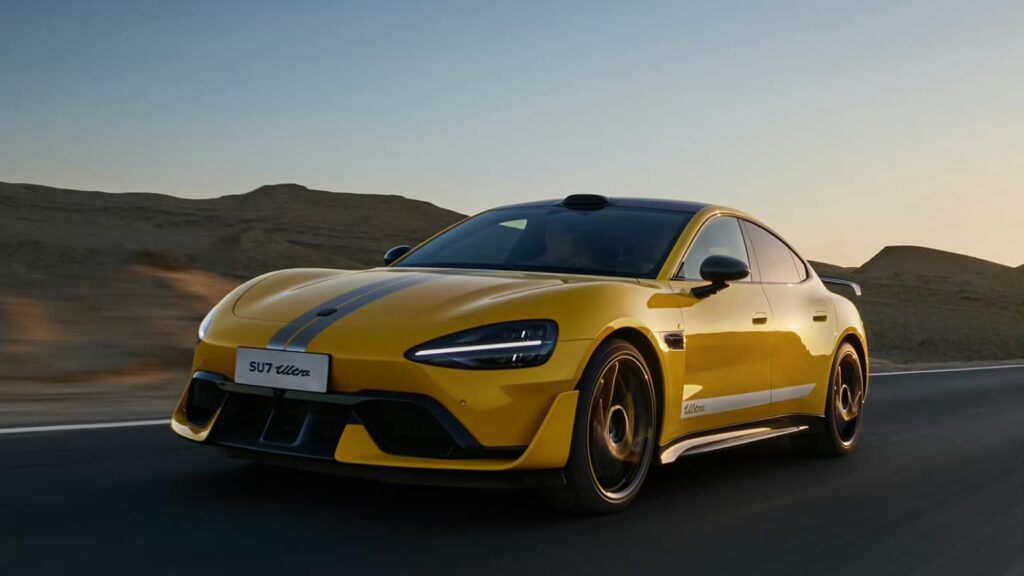
Technology & Connectivity
Equipped with Xiaomi’s proprietary HyperOS, the SU7 integrates seamlessly with your Xiaomi smartphone and smart devices. Whether you’re using smart mirrors, facial recognition for access, or advanced driving assistance systems, Xiaomi’s ecosystem-first approach sets it apart.
Where to See It in Morocco
Want to see the Xiaomi SU7 in real life? Visit the Xiaomi Auto showroom in Casablanca:
📍 Bd Moulay Slimane, Casablanca 20250
Watch the SU7 in Action
Check out this review video on YouTube to get a closer look at the Xiaomi SU7 driving experience:
Watch now (replace this link with the actual video of your choice)
Conclusion
The Xiaomi SU7 is not just another EV—it’s a signal that tech companies are rewriting the automotive rulebook. With bold design, excellent range, and unmatched integration with the Xiaomi ecosystem, it’s already a serious contender in 2025’s electric vehicle race.

